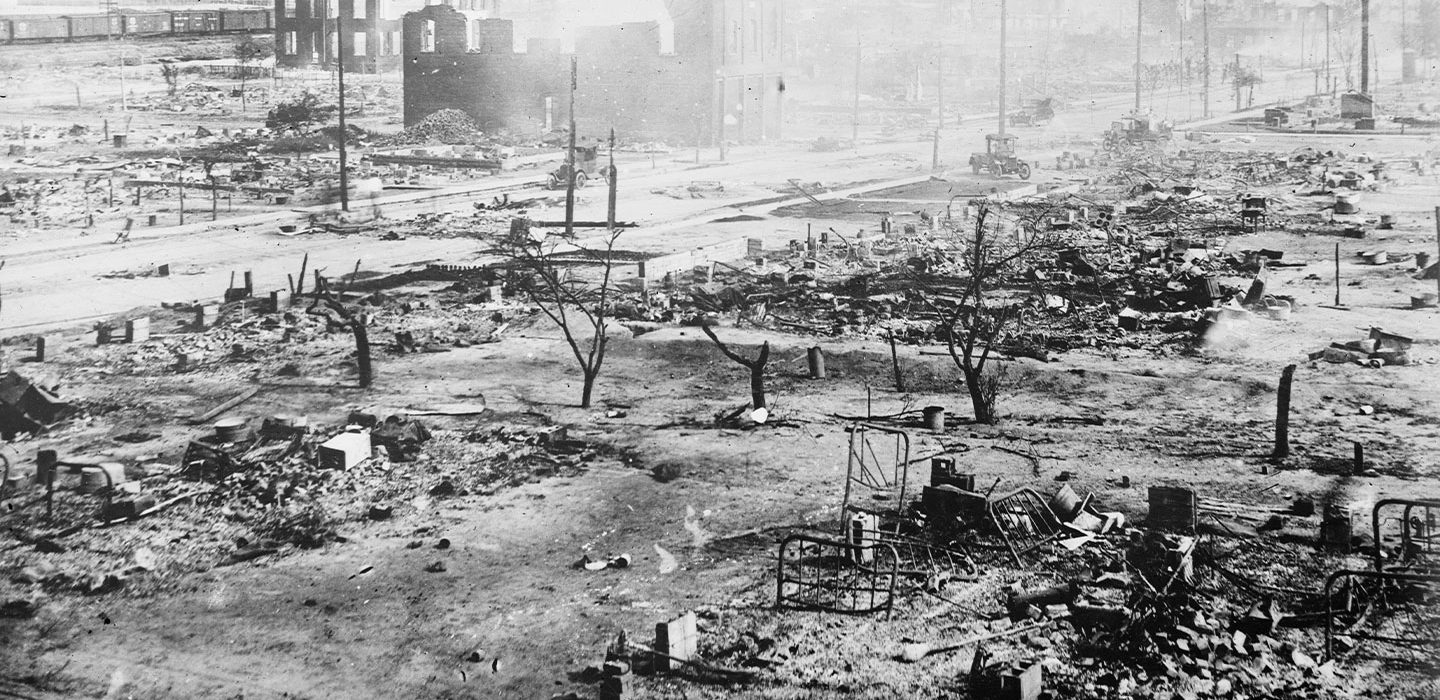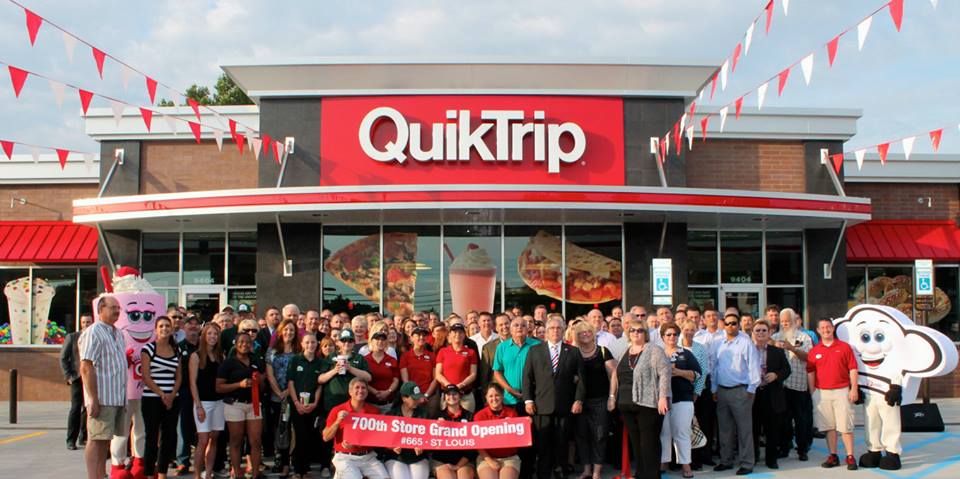
The Oklahoma Eagle Newswire
Tulsa Mayor G.T. Bynum and forensic scientists and genealogists from Intermountain Forensics, the laboratory assisting the City with DNA analysis for the 1921 Graves Investigation, announced a historic update as it relates to the DNA and genealogical investigation from the 2021 and 2022 excavations and exhumations at Oaklawn Cemetery.
Key Findings: Of the 22 remains that had DNA extraction, six have produced genetic genealogy profiles that genealogists can now tie to potential surnames and locations of interest. Individuals may recognize those surnames in their family trees.
“From the onset of this investigation, we convened some of the greatest minds in America to help us move the needle on a more than century old event,” Mayor Bynum said. “There isn’t a single genealogical investigation of this magnitude in the United States that has gotten this far, and yet, we are still in the beginning stages of this process. There is a lot more investigative work that is happening, and with the public’s help, we are eager to enter the next phase of this process.”
A detailed list of the burials associated with these surnames can be found below:
Burial 1
- Surnames of Interest: No specific surname identified, yet – Genealogy team will reach out to potential DNA relatives
- Area(s): North Carolina
- About the burial: Female from 2021 exhumation, with additional DNA gathered in 2022 exhumation. Burial was in a matching casket to Burial 13 with an “At Rest” plaque found. No apparent gunshot wound or trauma was present.
Burial 3
- Surnames/Location of Interest #1: Scott, Huntley, Daniel, Meriwether, Sims, Bohannon
- Area(s): Coweta County, Georgia, and surrounding counties
- Surnames/Location of Interest #2: Benjamin, Willis
- Area(s): Austin County, Texas
- About the burial: Male from 2021 exhumation, with additional DNA gathered in 2022 exhumation. Burial was in a plain wooden casket and no apparent gunshot wound or trauma was present.
Burial 13
- Surnames/Locations of Interest #1: Maggett
- Area(s): Leflore County, Mississippi
- Surnames/Locations of Interest #2: Strong, McGee
- Area(s): Union Parish, Louisiana, and Texas
- Surnames/Locations of Interest #3: Still
- Area(s): Oklahoma during Indian Territory designation
- About the burial: Female from 2021 exhumation, with additional DNA gathered in 2022 exhumation. Burial was in a matching casket to Burial 1 with an “At Rest” plaque found. No apparent gunshot wound or trauma was present.
Burial 15
- Surnames/Locations of Interest #1: Holden, Larrimore
- Area(s): Sabine Parish, Louisiana
- Surnames/Locations of Interest #2: Luckett, Mayre
- Area(s): Rapides Parish, Louisiana
- About the burial: Male from 2021 exhumation, with additional DNA gathered in 2022 exhumation. Burial was in a plain wooden casket and no apparent gunshot wound or trauma was present.
Burial 17
- Surnames/Locations of Interest: Smith, Davis, Rentie
- Area(s): Alabama, Texas, and Oklahoma during Indian Territory designation and early 1900s
- About the burial: Male from 2021 exhumation. Burial was in a plain wooden casket and no apparent gunshot wound or trauma was present.
Burial 41
- Potential Last Name(s): No specific surname identified, yet – Genealogy team will reach out to DNA relatives
- Area(s): N/A
- About the burial: Male from 2022 exhumation. Burial was in a plain wooden casket and no apparent gunshot wound or trauma was present.
Ways You Can Help: Intermountain Forensics is seeking help from anyone who may be associated with the above surnames or have relatives from the 1921 Tulsa Race Massacre. If your family tree has the surnames in the location of interest for any of the unknown burials, please contact the genealogy team at Intermountain Forensics. Information can be submitted online by clicking the “Provide Information” button atwww.tulsa1921dna.org. You can also find instructions for participating with DNA in this project at the same website. You can also email the genealogy team directly at idteam@tulsa1921dna.org.
How It Works: Using DNA sequencing, the process by which genetic information of a DNA sample is obtained from remains, genetic genealogy profiles have been made for six remains so far. Each of those profiles are uploaded into GEDmatch and Family Tree DNA, the only two authorized databases that allow comparisons to unidentified remains. Individuals who have voluntarily shared their DNA tests with GEDmatch and/or Family Tree DNA, whether as part of this investigation or otherwise, will have these six genetic genealogy profiles (and others that are produced from this investigation) compared to their own.
GEDMatch and Family Tree DNA will provide a list of DNA testers in their databases who share their DNA with the genetic genealogy profiles of the unidentified remains. This enables the genealogy team to identify DNA relatives, surnames, and locations of interest that tie to the family trees of the unidentified burials. As work progresses, additional surnames will be produced and/or removed from the list provided in the April 12, 2023, update. Members of the genealogy team will be reaching out to extended DNA relatives who may have family trees or older living generations able to provide stories or additional DNA testing which will be helpful in the search for identities of the unknown Oaklawn burials.
What This Means: While these findings represent a major step forward in the DNA and genealogical process involved in this investigation, they do not directly tie the remains found at Oaklawn Cemetery to the 1921 Tulsa Race Massacre, nor do they provide definitive identification for those remains at this time. Just because a surname is produced does not mean those who may share that surname and/or location of interest can be directly tied to the burial itself or the Tulsa Race Massacre. Next-of-kin have not been identified, yet, but as the genealogy team reaches out to DNA relatives, more information will help build the family trees associated with the unknown burials at Oaklawn.
Nonetheless, these initial findings are groundbreaking genealogical discoveries that are helping the City and experts better understand the history at Oaklawn Cemetery and how those burials were positioned 100 years ago.
Additional Information: DNA analysis continues on 10 sets of remains from the 2021 and 2022 excavations and exhumations. Burials with gunshot wounds are among those continuing to be analyzed. For more information about the genetic genealogy process, watch this video from Intermountain Forensics.
Next Steps
Emmett Till Grant
The City of Tulsa has been awarded a $1 million Department of Justice Emmett Till Grant that will help supplement the City’s contribution to continue the 1921 Graves Investigation. The grant will assist in victim advocacy, genealogical research, developing and implementing an impactful curriculum and resources, and conducting investigative genetic genealogy training for community members and stakeholders.
Physical Investigation Update
Oklahoma Archaeological Survey (OAS) is expected to conduct additional geophysical survey work in an area within Section 20 at Oaklawn Cemetery that has not previously been examined. This work is expected to occur in the coming months, weather permitting. Work will allow experts to follow up on some patterns that were documented with the mapping of the limited headstones in the area, which was conducted as part of the latest round of fieldwork. Results from this work will be included in the upcoming technical report of the 2022 excavation work at Oaklawn – a document that will be completed and released later this summer.
As for Canes and Newblock Park, other areas of interest in the 1921 Graves Investigation, the Physical Investigation Committee previously recommended that geoarchaeological coring be conducted in each area to obtain initial data on the soils and potential indicators of disturbances that could be consistent with a possible grave feature.
1921 Graves Search Background
The City of Tulsa launched the 1921 Graves Investigation in 2018 to help find answers from the 1921 Tulsa Race Massacre. To do this, the City has convened some of the best experts in America to help locate, identify and connect people today with those who were lost more than 100 years ago. For more information on the search for possible graves dating to the 1921 Tulsa Race Massacre, visit www.cityoftulsa.org/1921graves and follow 1921 Graves on Facebook, @1921Graves.
About Intermountain Forensics
Intermountain Forensics (IMF) is a fully accredited nonprofit forensic DNA laboratory that was founded to ensure that the full power of forensic DNA will always be attainable, transparent, and of the highest possible quality. For more information, visit https://www.intermountainforensics.com/.










